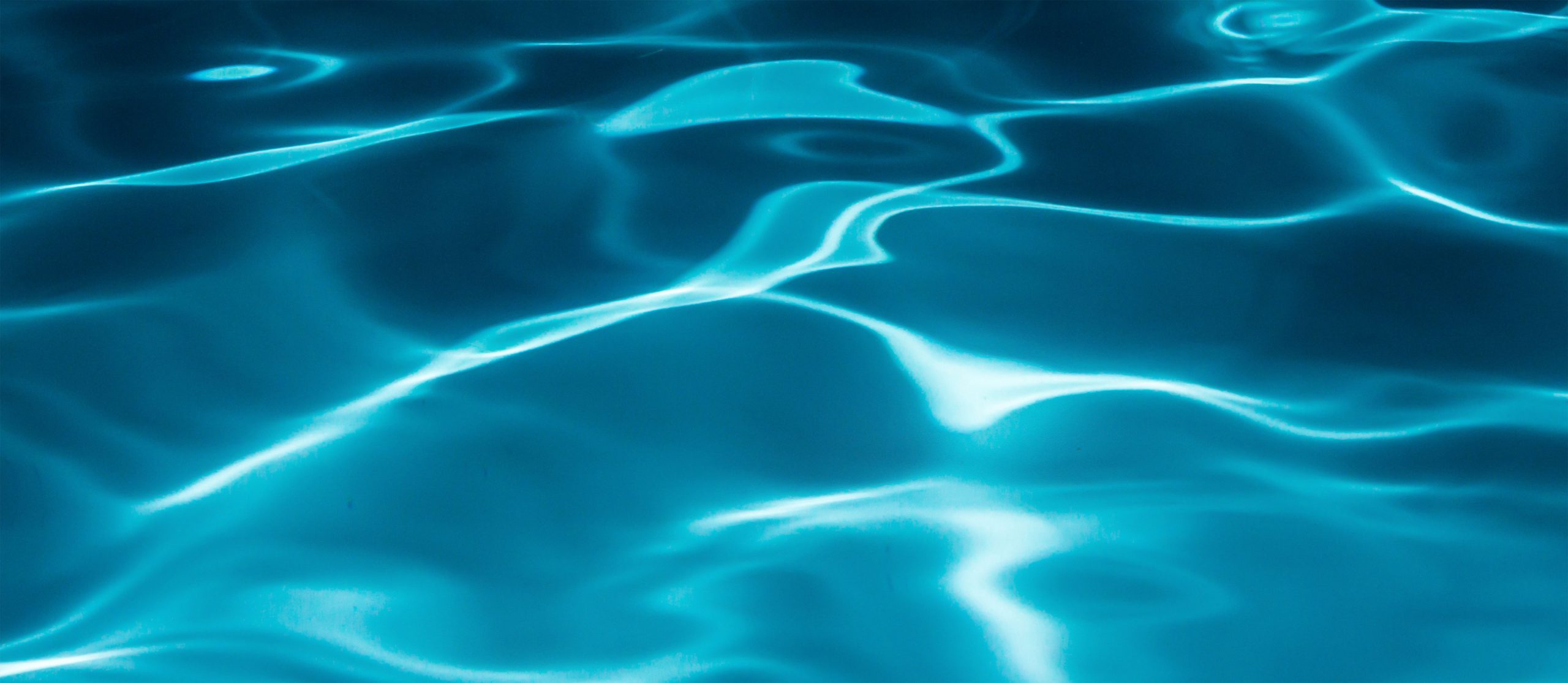Avoiding algae blooms in the pool
- May 12, 2014
- Pool Maintenance and Renovation, Pool Safety and Health,
Algae blooms are gross enough when they occur in nature, but when it happens in your pool it can be a real nightmare. There are ways to avoid algae blooms, the most effective of which is to ensure they never occur in the first place. Whether you're dealing with a pool in Phoenix, San Diego or Dallas it's worth knowing how to avoid, and failing that, deal with algae blooms.
Know your bloom
For the most part algae is pretty harmless, but it's best to be overly cautious than to end up with a sick kid. Pets can become ill from certain substances found in algae as well. If you happen to jump in the pool while there's algae present don't be surprised if you end up with irritation to your eyes and skin. Swallowing water with algae in it creates even worse problems. Once in you digestive system it can cause diarrhea, vomiting and fever among other symptoms.
Catch it early
Educate yourself on the warning signs and attack algae before it gets too bad. When the bloom is just beginning, it might smell like fresh cut grass and will give a "dull appearance" to the water, according to Trouble Free Pool. Test the water to see what level the free chlorine is at, and if you find that it has dropped off in a brief period of time this could be a sign of an algae bloom. If you're able to spot the bloom at this stage, one healthy dose of chlorine will get the job done.
Clean that mess up
If the algae bloom is past the point of being obliterated with one chlorine treatment, it's time to get a little more serious. One thing that's vital to remember is that algae is always growing. If you begin treatment and slack off on it for even a day, the green and blue mess will be back with a vengeance. Not only will you have wasted time, you'll have wasted money on the chemicals used to treat it.
The free chlorine level you want in your pool is determined by how much cyanuric acid is present in the water. The more CYA is in the pool, the more you'll need to load the pool up with free chlorine. Trouble Free Pool advises that pool owners have the water tested to determine just how much your pool needs to be treated so as to avoid damaging the pool in the process of trying to fix it. If there isn't much CYA in the water and you hit it with a huge dose of chlorine, that chlorine is probably going to end up evaporating rather than staying in the pool and fighting algae. Brush the pool everyday while bombarding it with chemicals, and monitor the state of the filter to ensure it remains clear.
When the algae has been defeated, it will take on a milky white or gray color, and you'll want to allow it to run through the filter until clear.


